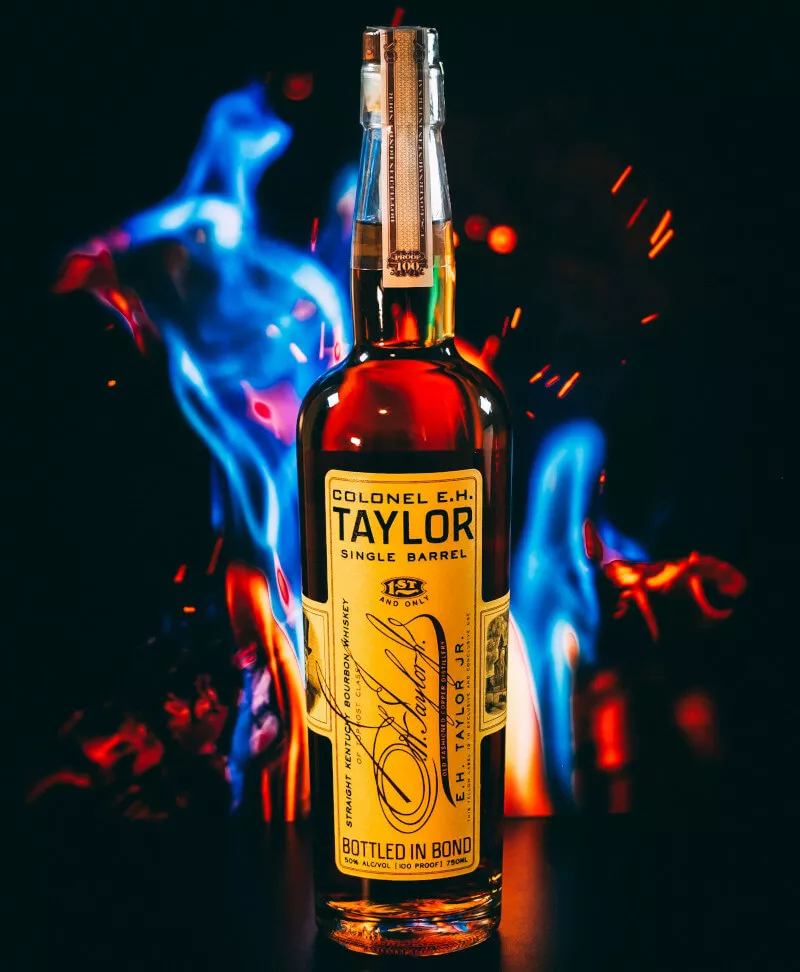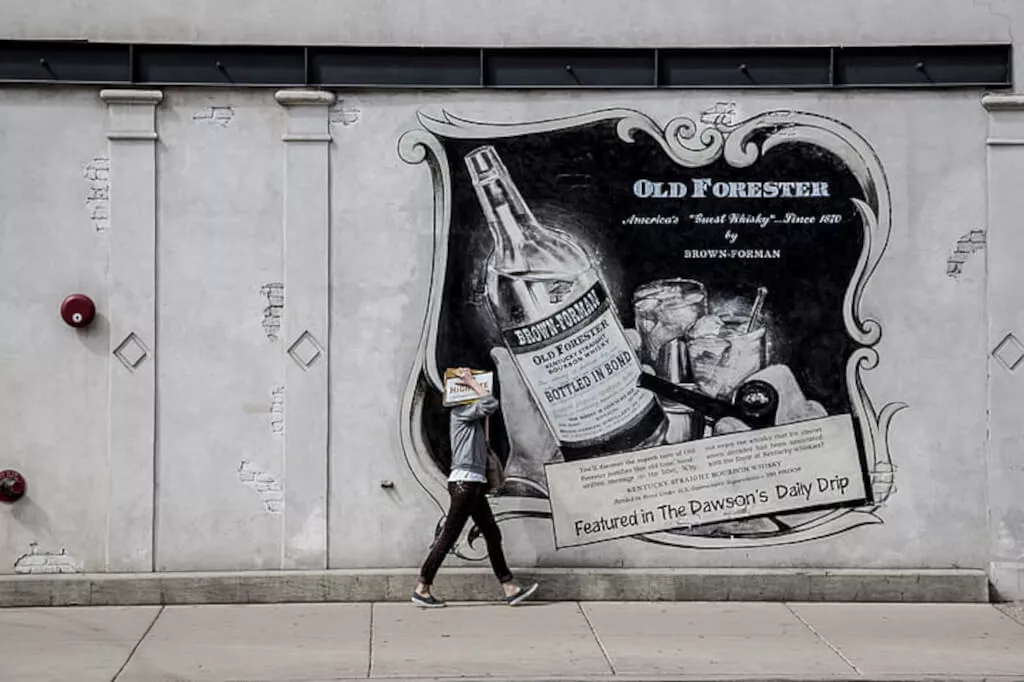For those who hold whiskey in high regard, the complexity and heritage wrapped up in each bottle are often as compelling as the flavors themselves. One term that might catch the eye of experts and novices alike is “bottled-in-bond.” A staple of authenticity and quality, this designation isn’t just a fancy label but a promise of the drink’s integrity and history.
The phrase “bottled-in-bond” might sound like something straight out of a legal document, but for whiskey enthusiasts, it’s a symbol of authenticity and an assurance of quality. When you see this term on a whiskey label, it’s not just a marketing gimmick; it represents a deeply rooted promise to the consumer about the spirit’s production and pedigree.
The Criteria for Bottled-In-Bond Whiskey
To qualify as bottled-in-bond, a whiskey must adhere to specific criteria established over a century ago. Understanding these standards can help consumers appreciate the level of quality and commitment that goes into each bottle. Here’s what makes a whiskey bottled-in-bond:
- Single Distiller and Distillery: The whiskey must be the product of one distillation season by a single distiller at one distillery. This ensures consistency and control over the production process.
- Aged for at Least Four Years: The spirit must be aged in a federally bonded warehouse under U.S. government supervision for at least four years. This aging process is crucial for developing the whiskey’s complex flavors and character.
- Bottled at 100 Proof: It must be bottled at exactly 100 proof (50% alcohol by volume). This higher proof level maintains a robust flavor profile that is both rich and bold, appealing to those who appreciate a more potent whiskey.
- Government Supervision: The entire process, from distillation to bottling, occurs under the watchful eye of government officials. This oversight ensures that every bottle labeled as bottled-in-bond meets all the legal requirements.
Behind every bottle of bonded whiskey is not just a set of legal requirements but a story of craftsmanship and dedication. The distillers who choose to create bonded whiskey commit to a labor-intensive process that prioritizes quality over quantity. They embrace the challenge of producing whiskey under stringent conditions, knowing that the result will be a purer, more characterful spirit.
The Historical Context of Bonded Whiskey
The term originates from the Bottled-in-Bond Act of 1897, a pivotal legislation passed at a time when the whiskey industry was rife with dubious practices. This act was a game-changer, introduced to combat the common issues of adulteration and inconsistency in whiskey production. Essentially, it set forth rigorous standards that whiskeys must meet to bear the “bottled-in-bond” label. Back in the 1800s, whiskey production was far from the regulated industry we know today. Without stringent standards, it was nearly impossible for consumers to be sure of the whiskey’s origins, ingredients, or even its safety. At the time, whiskey was typically sold in barrels, a method that left ample room for unscrupulous practices. It was not uncommon for distilleries to dilute their spirits with additives — some as harmless as water, others as dangerous as formaldehyde.
The inconsistencies in quality and safety led to a significant public outcry. This outcry resulted in the U.S. government taking decisive action to protect consumers and ensure the quality of whiskey being produced and sold.
The Birth of the Bottled-in-Bond Act
The Bottled-in-Bond Act passed in 1897, marked a pivotal moment in the history of American whiskey. As Colin Spoelman, co-founder of Kings County Distillery, notes, this piece of legislation was “one of the earliest examples of a consumer protection law.” To qualify as bottled-in-bond, a whiskey must adhere to several stringent criteria: it must be the product of one distillation season and one distiller at a single distillery. Furthermore, it must be aged for at least four years in a federally bonded warehouse under U.S. government supervision and bottled at 100 proof (50% alcohol by volume). The act ensured that what was inside the bottle was nothing more than pure, aged whiskey—free from additives or dilutions.
The Golden Era and Decline of Bonded Whiskey
For decades, the bottled-in-bond label was a hallmark of high-quality whiskey. However, by the 1970s, changing consumer preferences for lighter, lower-proof spirits led to a decline in the popularity of bonded whiskeys. The robust, full-flavored profile of bonded whiskey fell out of favor, overshadowed by the rising demand for milder alternatives.
Despite its period of decline, bonded whiskey saw a resurgence in the late 2010s, spearheaded by brands like Jim Beam. Adam Harris, senior American whiskey ambassador at Beam Suntory, attributes this revival to the craft bartending community’s appreciation for stronger, more flavorful spirits. He notes that “the bigger proofs of bottled-in-bond provide bigger flavors that stand up well in cocktails.” Today, the bottled-in-bond distinction is not only a nod to tradition but also a signifier of quality and depth of flavor that appeals to both purists and modern drinkers.
Our Top Bottled-In-Bond Whiskey Brands

While the history and regulations surrounding bottled-in-bond whiskeys add depth and intrigue to each bottle, the true testament to its quality comes when you taste the exceptional offerings from leading distilleries. Today’s whiskey enthusiasts have a plethora of options from brands that not only meet the stringent requirements of the Bottled-In-Bond Act but exceed expectations with their complex flavors and meticulous craftsmanship. Let’s explore ten of the top bottled-in-bond whiskey brands that stand out on the market, each bringing its unique spin to this historic category.
- Heaven Hill Bottled-in-Bond
- A stalwart in the world of bonded whiskeys, Heaven Hill offers a 7-year-old bourbon that’s rich in flavor, boasting notes of caramel, vanilla, and oak. It’s a perfect example of traditional craftsmanship meeting modern aging techniques.
- New Riff Kentucky Straight Bourbon
- Embracing the bottled-in-bond philosophy with open arms, New Riff presents a beautifully balanced bourbon. It’s made with non-GMO grains, showcasing the distillery’s commitment to quality and sustainability.
- Col. E.H. Taylor, Jr. Small Batch
- From the historic Buffalo Trace Distillery, this bourbon honors the legacy of one of the early advocates of the Bottled-in-Bond Act. It delivers complex flavors of caramel, cinnamon, and dried fruit with a lingering finish.
- Old Forester 1897 Bottled in Bond
- Celebrating the year the Bottled-In-Bond Act was enacted, Old Forester 1897 is crafted as a tribute to whiskey history. Its robust profile features rich spice, dark chocolate, and tobacco.
- Evan Williams Bottled-in-Bond
- Known for its exceptional value and robust flavor, Evan Williams’ version offers hints of vanilla, nuts, and a touch of orange. This whiskey is a great starting point for those new to the category.
- Rittenhouse Rye Bottled-in-Bond
- As a standout rye whiskey, Rittenhouse offers a spicy, fruity profile with a smooth, woody finish. It’s highly regarded by cocktail enthusiasts for its versatility and bold flavor.
- Henry McKenna Single Barrel
- This 10-year-old bourbon is a single-barrel offering that often exceeds its age in complexity and taste. With each bottle sourced from a single barrel, it provides a unique, unforgettable experience.
- George Dickel Bottled in Bond
- Distilled in Tennessee, this whiskey offers a slightly different take on the bottled-in-bond style. It’s known for its smoothness and subtle smoky sweetness, making it a favorite among both casual drinkers and connoisseurs.
- Old Grand-Dad Bonded Bourbon
- With a high rye content in the mash bill, this bourbon offers a spicier, more robust taste. It’s a classic choice for those who enjoy a whiskey with a bit more bite.
- Laws Whiskey House Bonded Four Grain Bourbon
- This Colorado distillery makes a standout bonded bourbon using corn, rye, wheat, and barley. The result is a layered and complex flavor profile that reflects the craftsmanship and terroir of its high-altitude home.
Why Bonded Whiskey Matters Today
So, why does the bottled-in-bond label still matter? First and foremost, it guarantees the consumer a product of purity and pedigree. The rigorous standards set by the Bottled-in-Bond Act mean that when you purchase a bonded whiskey, you’re getting a spirit that’s been carefully crafted and overseen from grain to glass. The requirement that the whiskey be bottled at 100 proof ensures a robust flavor profile that is both rich and bold, catering to those who seek a more intense drinking experience. At a time when consumers are more informed and discerning about their choices, this designation reassures them of the whiskey’s quality and authenticity. It tells a story of heritage and rigor, appealing not only to those who chase unique flavors but also to those who value the integrity behind their spirits.

